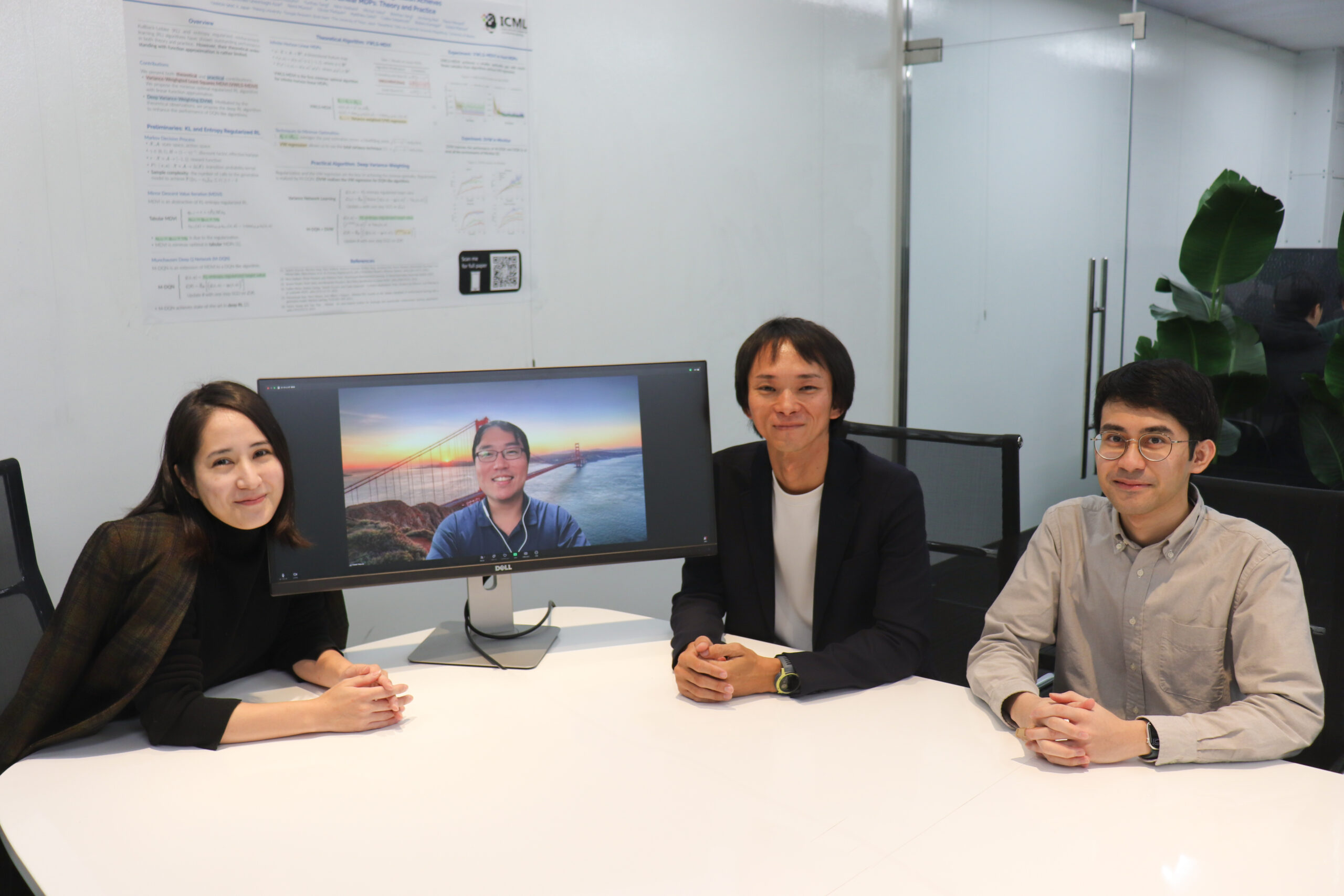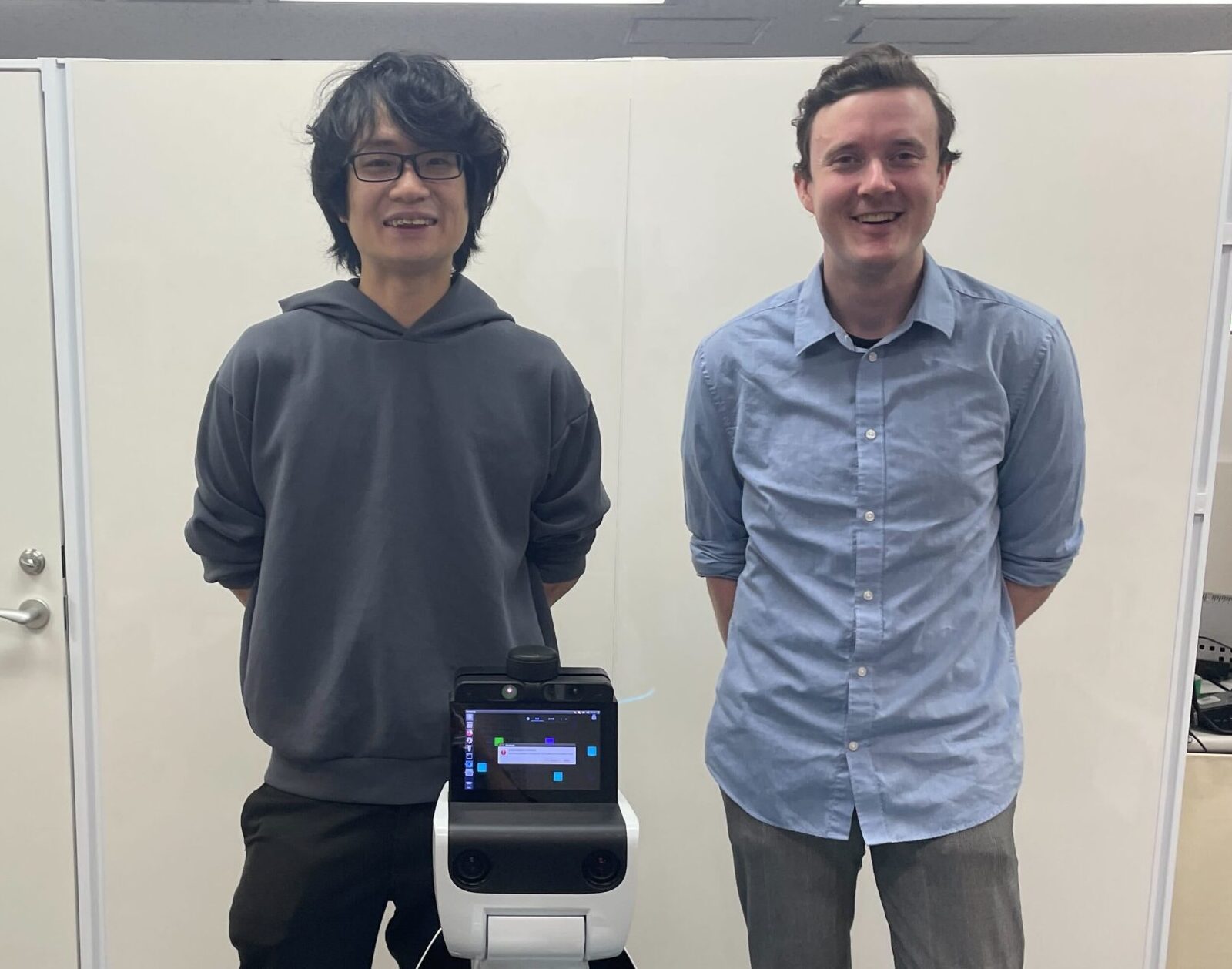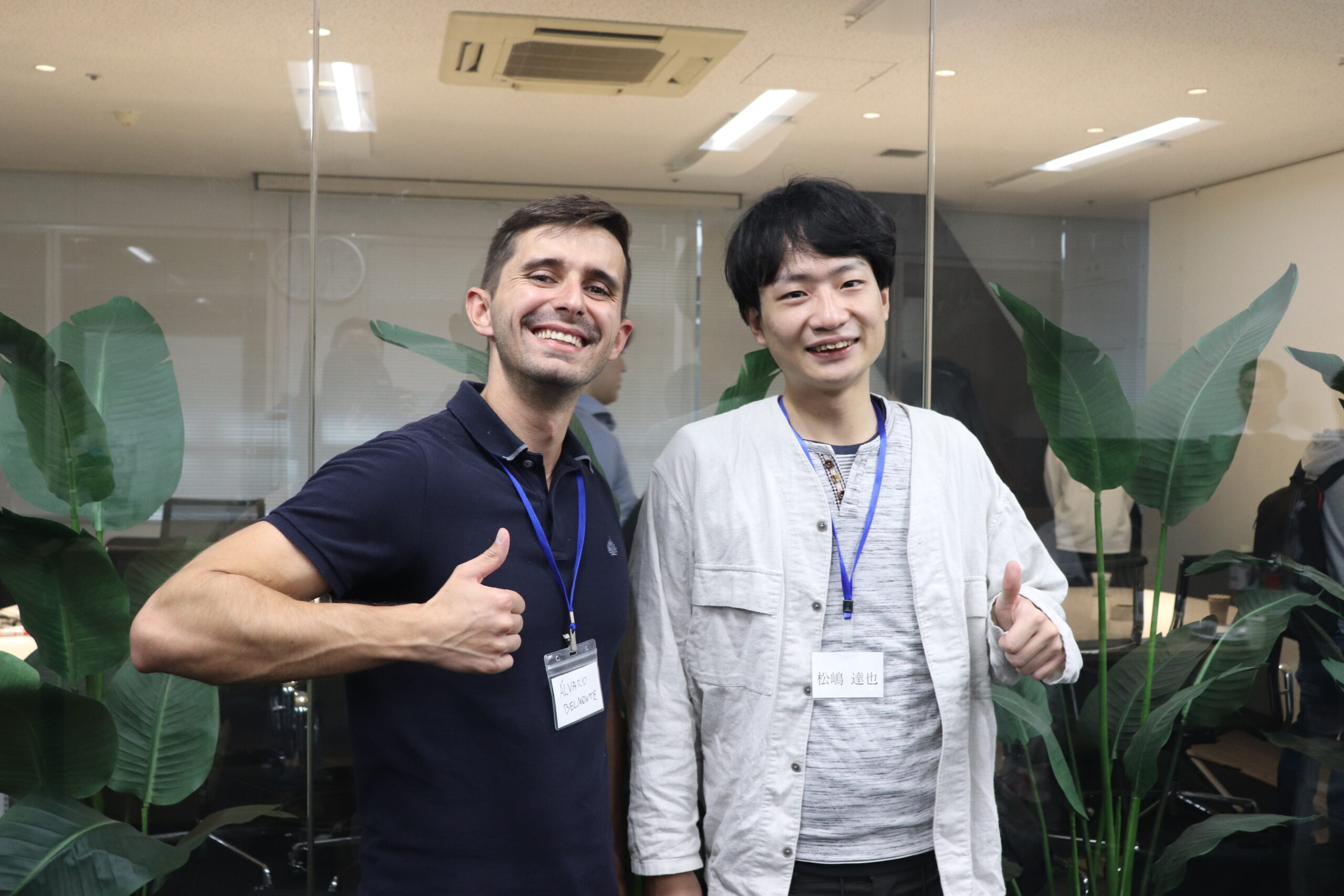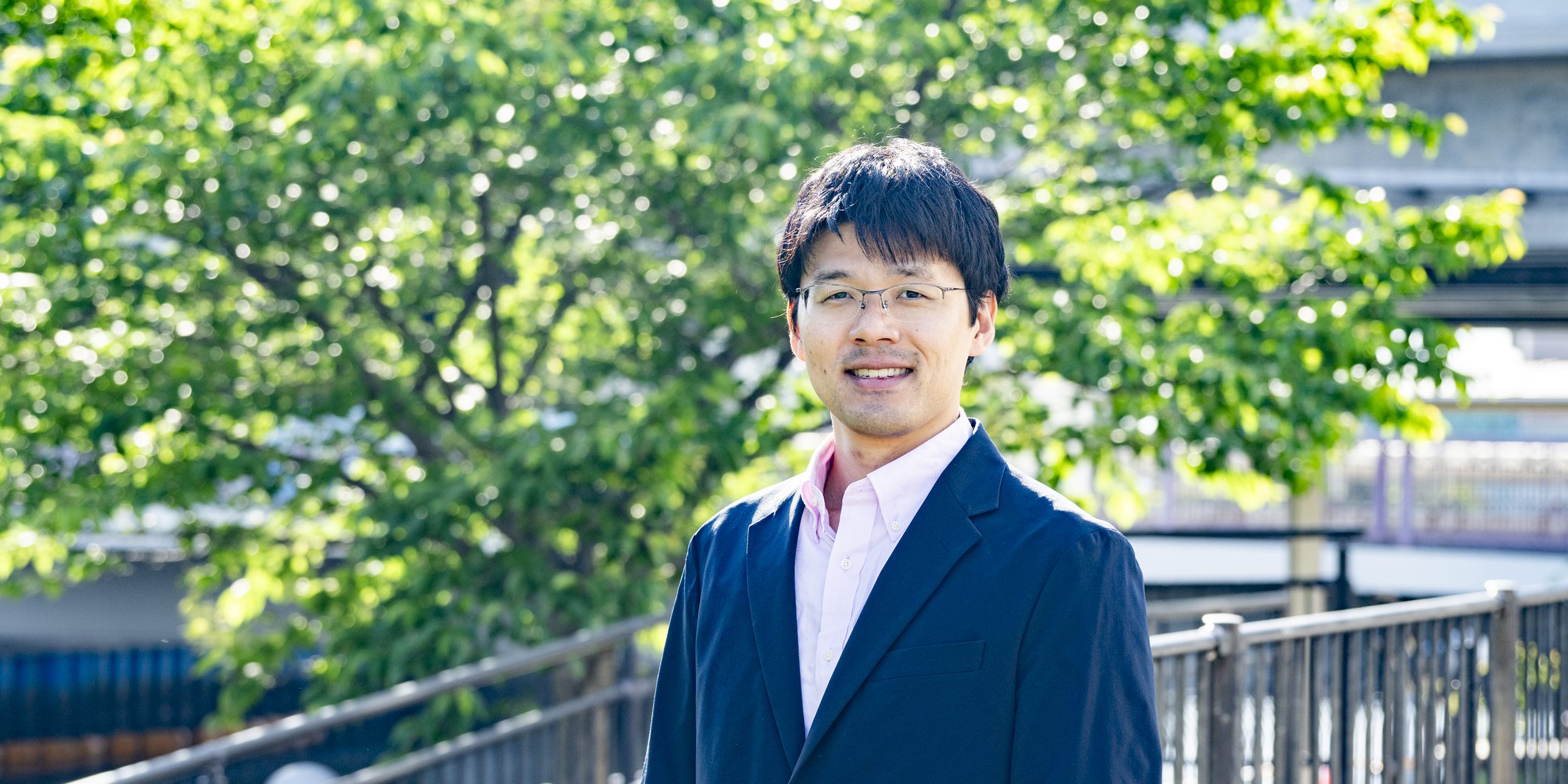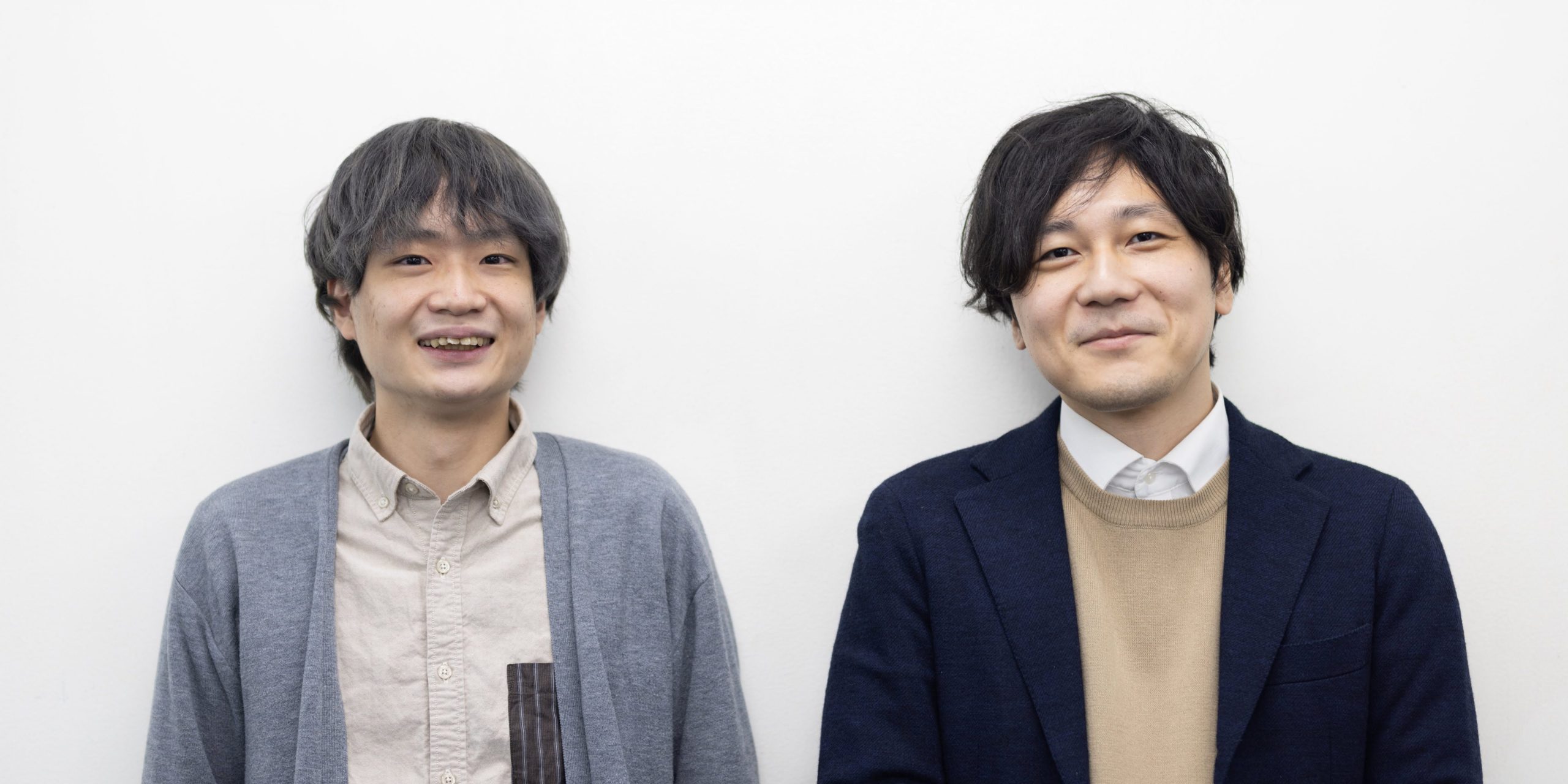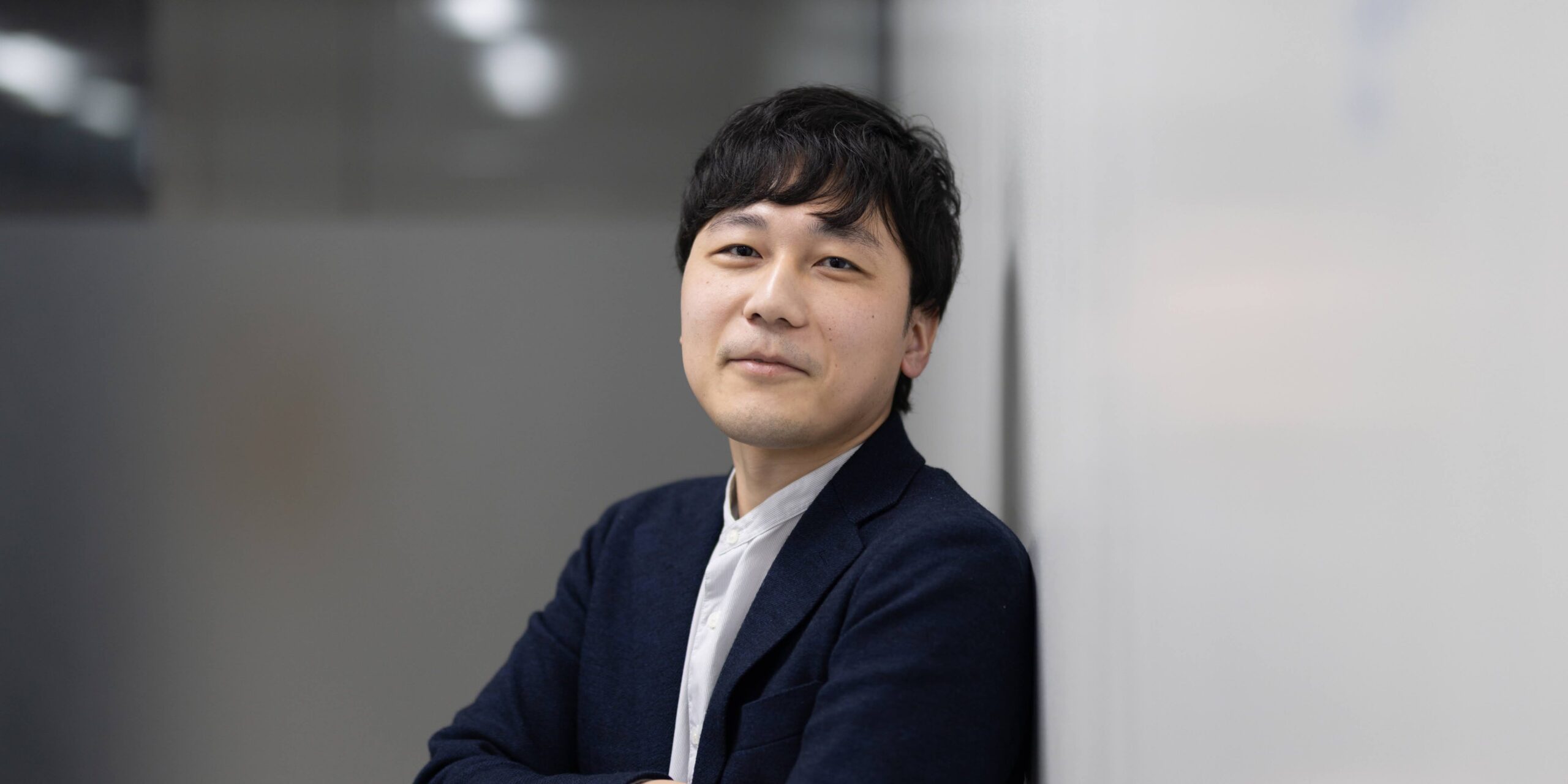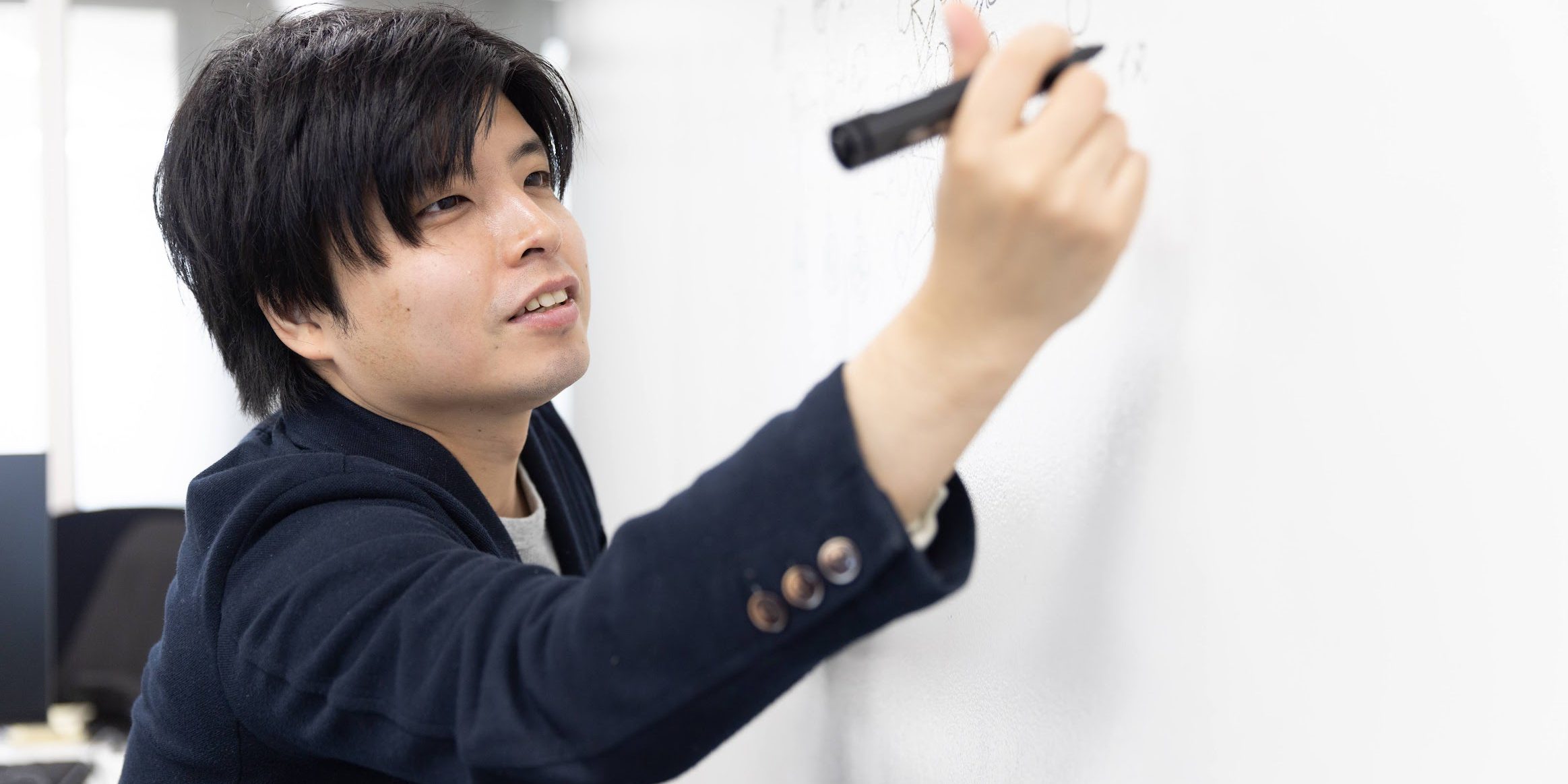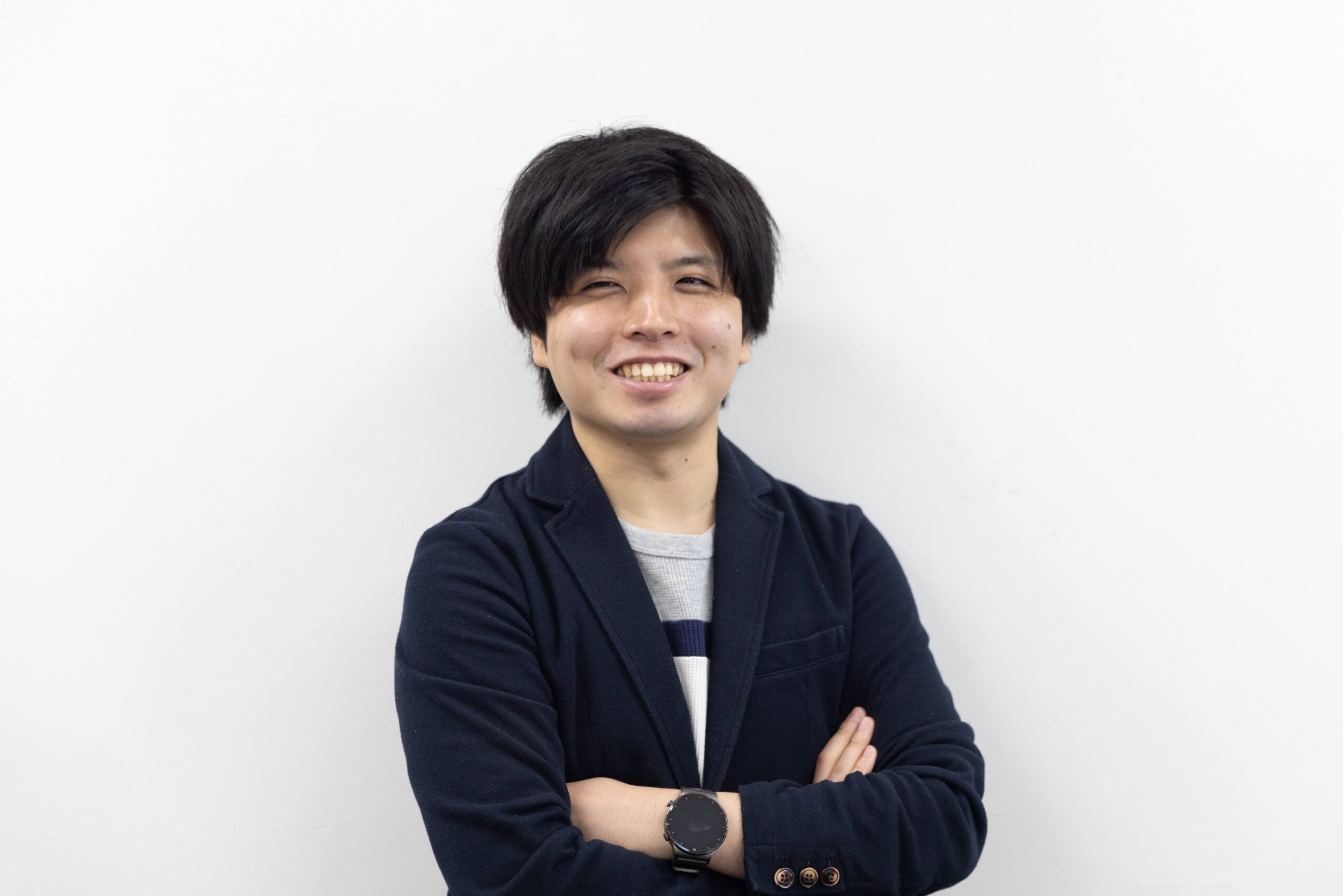Nearly 100 staff members, about 40 students, and more than 200 working professionals and students participate in Matsuo Lab, including members of research projects. Because of the size of its members, which is hard to imagine for a university laboratory, we have staff members specializing in information systems, security, infrastructure, and HPC.
Matsuo Lab’s Information Sys/HPC team is currently recruiting a new member in charge of information systems. What kind of team is it, what kind of work do they do, and what kind of challenges do they face in their daily work? We asked Ms. Noumi, Ms. Okada, Ms. Watanabe, and Ms. Masuda.
___ Please introduce yourself.
Nomi: I joined Matsuo Lab in 2019, having previously worked as the head of SaaS development, the operation of the web service itself, data science, and infrastructure. I have the longest history at Matsuo Labs of all of them. Currently I’m branching out into all aspects of Information Systems and HPC.
Okada: I joined Matsuo Lab in 2023. Until then, I had been working as a SIer stationed at a customer’s site to operate and maintain systems, or as an information system engineer in a venture company.
Watanabe: I just joined in September 2024 and have been with the company for just 3 months now. Previously, I was a tech lead for full stack web development and have experience in developing and operating services that require GPU environments. Currently, I am responsible for Matsuo Lab’s web systems, on-premise environment, and HPC infrastructure.
Masuda: In the past, I have experience in system development at a SIer, setting up an infrastructure team at an AI venture, and SRE for our own services, and I am using these experiences to promote infrastructure and HPC-related improvements and security measures for the organization from June 2024. In the immediate future, I am also focused on leading organizational moves such as the team’s mission and the development of mid- and long-term plans.
The Information Sys/HPC team is an organization that brings together a variety of specialized skills and people. In a word, what is the mission of the Information Systems and Infrastructure team at Matsuo Lab?
Nomi: “Accelerate Matsuo Lab’s research with cutting-edge technological infrastructure and build an innovative information infrastructure to promote the explosive growth of the Matsuo Lab ecosystem. First of all, high-end computing is essential to support top-line research. In the area of collaborative research, the latest GPUs can be used to efficiently advance R&D. In addition, as many people and themes as there are to work on can be supported by the same number of computers. In addition, the demand for computing power increases with the number of people and themes being researched, so it is essential to have a foundation that satisfies both quality and quantity.
In terms of information systems, the variety and volume of activities increases every year, but we still need to build a system that allows our members to demonstrate their abilities at any time without worry. It is our mission to build a stage on which Matsuo Lab members can demonstrate their performance to the fullest!
Please tell us about the work of the Information Solution and HPC team at Matsuo Lab. Can you tell us about your environment?Can you tell us about the environment?
Okada: As an information service provider, I provide a system environment that members can use with peace of mind; we use Google WorkSpace and Slack as a communication platform, and I think about everything from the design of these environments to how they should be used.
We also receive inquiries on a daily basis, such as “I want to try this,” or “What should I do in such and such a case? I am always working with an awareness of overall optimization, while receiving opinions and knowledge from both inside and outside the team.
In the overall movement of the team, I also monitor the server monitoring and other areas related to user usage, and from there I pass the monitoring to the members who are mainly responsible for infrastructure.
Watanabe: In HPC, we design and maintain on-premise systems used in basic research, enable the use of HPC supercomputers provided by university institutions nationwide, and build and operate job systems to HPC environments contracted by the laboratories themselves. We also often use IaaS for collaborative research and advise on its use.
I have recently been working on a monitoring system to enhance observability. This is part of an effort to provide a continuous computing environment for researchers.
Please tell us about the challenges you are facing and the background of recruiting new members.
Nomi: Currently, Matsuo Lab is engaged not only in joint research with companies and basic research, but also in various activities such as lectures open to the outside of the university, social implementation efforts involving many companies, and incubation projects to create startups from its own community. As the organization expands, collaboration with a variety of stakeholders, including not only researchers and technical staff but also external companies and organizations, is becoming more active, and the requirements for information systems are becoming more sophisticated accordingly.
In addition, unlike a corporation, Matsuo Lab is not a profit-seeking organization, so we are required to define and constantly update the optimal state of each activity at the present time based on various value criteria.
Against this backdrop, we are recruiting new members in order to build a system that can not only maintain the status quo but also respond flexibly by adopting new technologies and ideas to achieve continuous optimization.
What kind of experience and mindset would you like to work with?
Masuda: At Matsuo Lab, we operate in an environment where flexibility and agility are required, based on a different value standard than the pursuit of corporate profits. In this unique environment, we are not bound by existing “right answers,” but rather ask ourselves, “Is this the best we can do right now? What is the right thing to do? We would like to work with people who are not bound by existing “right answers” and who are willing to continue to explore these questions while discussing them as a team. We are looking for someone who can take a leadership role, involve others, and move the team forward as a whole. We have an environment that allows us to try out new technologies and ideas, so we encourage people who are curious and willing to take on new challenges to join us. I would be happy to work with such a person in an exciting and rewarding environment.
Watanabe: For example, my experience in providing an environment for researchers and successfully reforming the information system of a rapidly growing organization would be very useful. But it is not limited to that, as I myself have a full-stack web development background, the Matsuo Lab is an environment where I can apply my knowledge of various domains. If you have the mindset to be excited about the future of AI while seriously considering providing an environment for researchers, I think you will enjoy working with us.
Please give a message to the new members!
Nomi: I believe that an information systems department that can closely observe the latest AI technology can develop an unprecedented approach to information management, and as a result, may be able to propose the next normal. Why don’t we work together to create such an aggressive information system department?
Okada: Members from various backgrounds are involved in the formation of the Matsuo Lab ecosystem. As an information service provider, I am in a position to provide an environment that connects each element, so I think it is quite an interesting environment just to understand the trends and characteristics of each way of thinking. As the scale of the organization expands and the situation becomes more dizzying, I would be happy if you could work with me to come up with the best solution.
Watanabe; Matsuo Lab is currently in the midst of rapid growth in the size of the organization. At the current pace, the work of the information system will not be able to keep up. Therefore, we are seriously working on the optimization of the information system. Why don’t you join us and build up an information system that supports research on the latest technologies?
Masuda: As AI transforms the world, the infrastructure that supports that transformation is also an important factor in creating the future. We are looking forward to working with you to support the cutting-edge research infrastructure at the Matsuo Lab, encouraging researchers to take on new challenges while creating the future!
*Job opportunities are available at: https://herp.careers/v1/weblab/JcocqiMzRhT6
